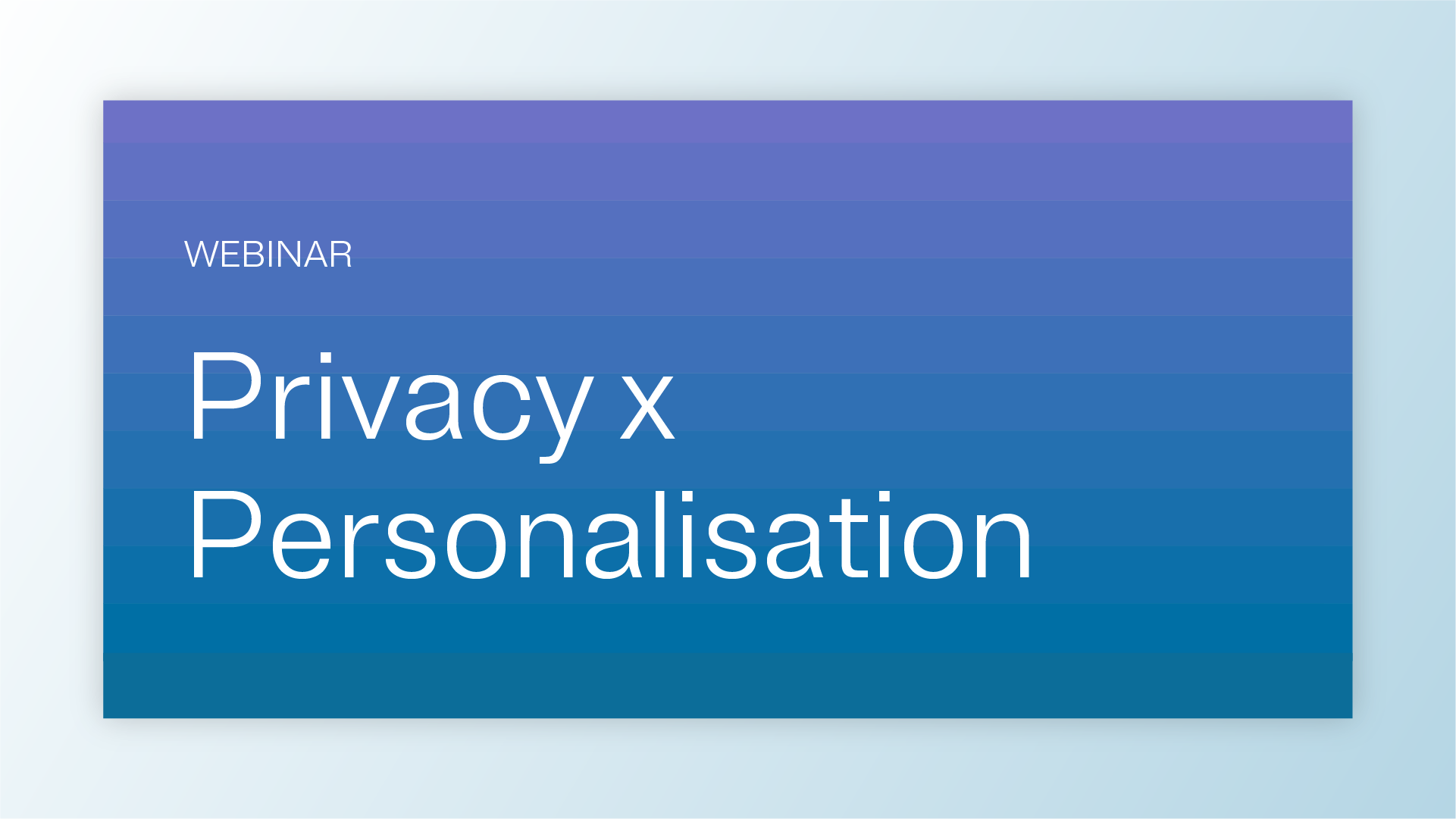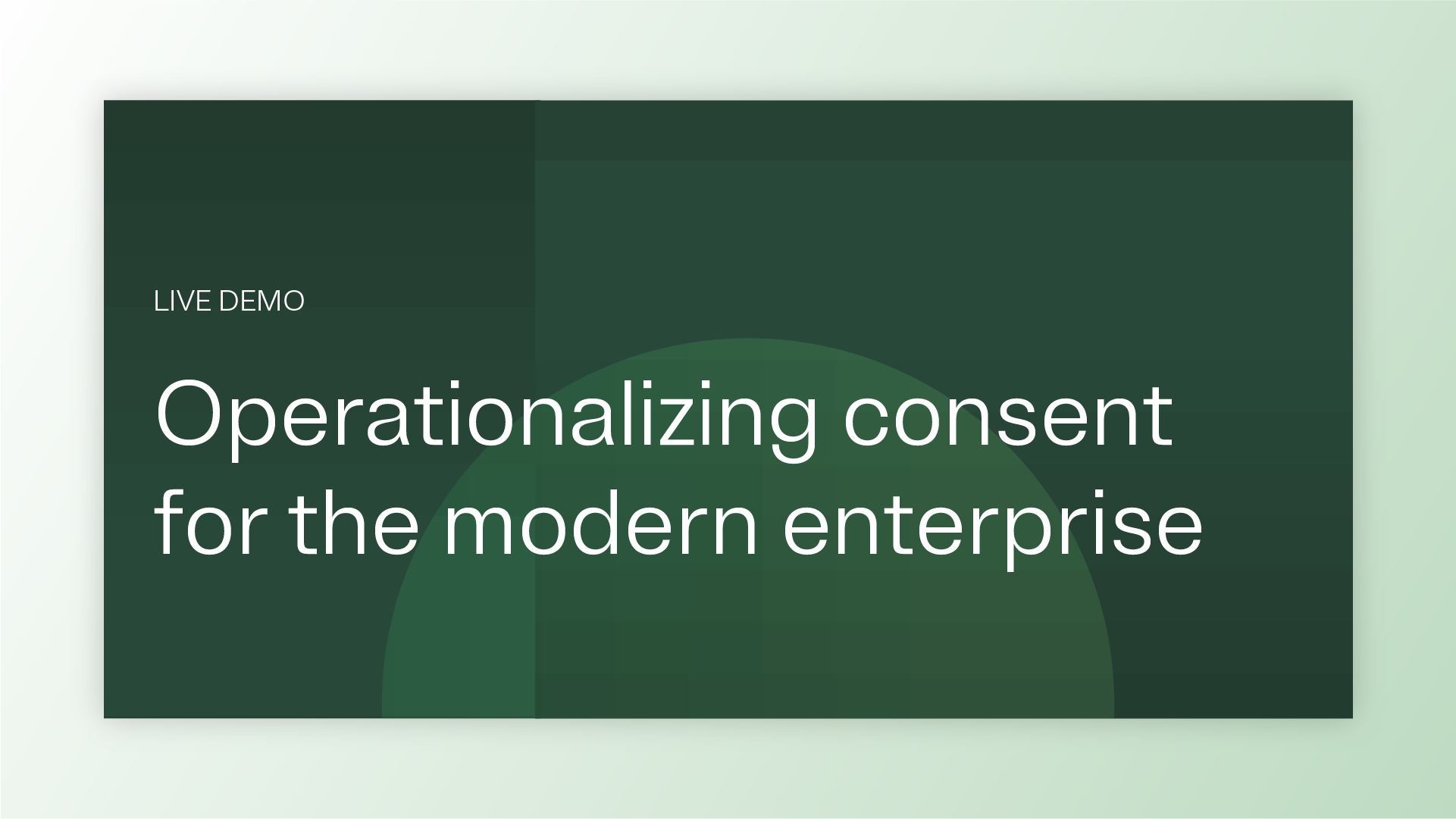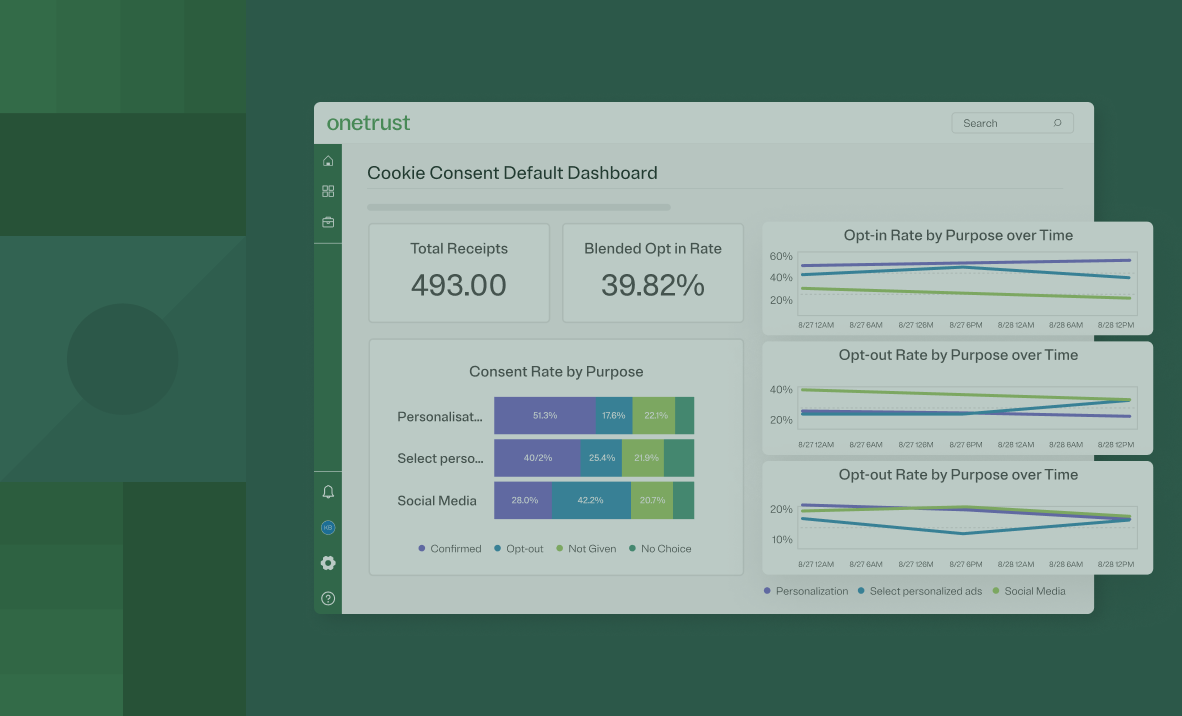The rise of data-driven marketing offers powerful opportunities to create and enhance customer experiences. It’s never been more important to provide customers with the right experience at the right time.
Collecting, managing, and activating first-party data is critical to succeeding under these conditions. The question is: how can brands deliver a seamless, omnichannel, cross-device experience that honors consumer privacy choices?
Building a powerful digital experience strategy requires marketing and privacy teams to collaborate and collect, manage, and activate data through privacy-centric processes in real time. The brands that accomplish this will build trust by proving to customers that they’re respecting their choices — and going the extra mile to create personalized value for them.
Let’s take a closer look at the conditions shaping consumer demand, the future of digital experiences, and the best practices you can implement today.
Trust and consumer behavior
Recent industry studies prove that today’s consumers base their purchasing decisions on trust.
Consumers view less than half of brands (47%) as trustworthy. 40% of consumers that said they “love” a brand, but no longer buy from them due to a loss of trust.
Businesses must consider what their customers care about, their motivations, and deliver customer experiences that meet those needs. Privacy is a major component of trust – and brands shouldn’t wait for major global legislation to compel them to proritize privacy in their digital marketing strategy.
Transparency and trust are now critical for brands, due to the substantial focus on the role data plays in customer experiences. Both have become table stakes for the brands competing and winning in today’s market.
Seventy per cent of consumers say that trusting a brand is more important today than ever before. And if you’re a trusted company, consumers are 7x more likely to do business with you.
By optimizing trust along the customer journey, customers will view you as a brand they want to do business with, a team they want to partner with, and an employer they want to work for.
The rise of privacy legislation and tech changes – and what it means for marketers
According to Gartner, modern privacy legislation will cover 75% of the world’s population by 2024. The GDPR was the first example of what these laws translate to for brands – a shift for all brands towards consent-first data collection, management, and activation requirements.
Leading global platforms and browsers are taking the lead in proactively implementing policies supporting compliance. Apple now requires opt-into tracking across iOS devices. Facebook is adjusting its products, and Firefox is integrating global privacy control signals that opt users out of data sharing and selling. On top of that, Google Chrome is completely phasing out the use of third-party cookies in 2024.
Since marketers have historically relied on third-party data that tracks consumers across different contexts, websites and applications, these changes will be significant. Without these third-party data sources, advertisers need to pivot towards a first-party data approach that will continue enabling high-quality, personalized digital experiences and identity resolution.
Consumer expectations
Consumers want to see that a business will always act in their best interest. High standards of ethics and integrity are the baseline requirement as of today.
Transparency is a major part of that equation. And a one-size-fits-all approach no longer meets those expectations, either. Consumers want granular choices. They want to see businesses address their privacy concerns and honor those choices across every channel, interaction, and experience.
Provide your customers with the ideal experience using a CMP and preference center, utilize integrations across your CRM and data management systems, and have clear records across different types of data and touchpoints. This will allow you to make the most of your collected data, while building trust and developing stronger relationships with your customer base. A potential use case of this can be retargeting customers with privacy-first personalized experiences, using automation to sync and activate data located in your customer data platform.
Personalizing digital experiences with first party data
The future of personalized digital experiences is in first-party data strategies. It is the most privacy-centric, trust-oriented consumer data source because it represents a value exchange between a business and a user.
Personalized experiences enabled by third-party data sources or second-party data providers can be jarring to the consumer. In most cases, they won’t know where or how the brand obtained their data, and as a result, the potential for a negative impact on the brand increases. Instead, when a user chooses to give their data to a business, and that business has been transparent about how they’ll use data collected on their site, consumers will expect to gain value from the process.
A first-party data marketing strategy enables brands to build, reinforce, and strengthen consumer trust over time. Because consent ownership is in the hands of the user, the brand won’t need to guess what consumers want to receive, when they wish to receive it, or solve mysteries in their attribution channels. Instead, brands can focus on marketing campaigns that create, maintain, and activate customer data, such as purchase history, demographics, and other relevant datasets that can lead to building direct relationships through customer profiles, target audiences, and audience segments.
Unifying privacy, consent, and first-party data collection
Consumer trust, a key differentiator separating the winners from the rest of the field, is the result of positioning data privacy at the forefront of marketing activities. Amid the deprecation of third-party cookies and increasing regulation, consumer trust is the best way to optimize marketing efforts and build customer relationships.
When building out a digital experience strategy, brands must drive alignment between first-party data, privacy, and consent – and the aim must go beyond compliance obligations. Placing consumers at the center of all marketing activities shifts the focus from short-lived wins to long-term relationships, ultimately yielding greater value and shifts their view of your brand to that of a trusted partner.
1. Data transparency
Transparency with customers is a fundamental requirement under privacy laws. But that should only be your starting point. Customers expect increasing levels of transparency from brands to understand what data points they’re collecting, why, and for what purposes.
Burying this information in dense privacy policies is not the best practice. While you can’t do without your privacy policy, what other ways can you enhance transparency with your users?
This is where a unified trust center comes in.
Say a new customer completes a transaction online, which includes providing their email address. In some cases, they’ll start receiving more email communications than expected or content that isn’t useful. With a unified trust center, customers can elect the content types, frequency, and channels they prefer. This enables a much more valuable experience from the start.
It should be easy for the customer to access and understand what this trust center means. If you do, 73% more users will be interested in sharing their personal data with you.
2. Data collection and enrichment
There’s a misconception among some marketers who think privacy controls will shrink their user databases. Building a marketable database through strategic collection and enrichment might be a longer-term play, but it yields stronger, higher-quality data records in the end.
When companies aggregate data with integrity – which means prioritizing transparency and trust from the start – new customers are much more likely to remain engaged.
Users will be more interested in providing data and making purchases when the business delivers value to them. Momentum builds with each positive, trust-driven interaction – and so does the customer’s value. As these relationships develop and deepen, this is where trust starts to become an inimitable competitive differentiator.
Collecting user data must happen at every customer touchpoint. Since omnichannel experiences are the norm in 2022, chat agents, phone centers, websites, email, mobile apps, and social media must all be in sync. Across every interaction, the business needs to be earning the right to gain more customer information.
As cookies fall off the map next year, there needs to be a strategic replacement for the data that enables businesses to deliver their services, content, or products in personalized ways that consumers have come to expect.
Marketers should be A/B testing data collection tactics and messaging to determine the most effective methods for opt-ins and zero-party data sharing. Segmenting the experience based on geographic location and other personalized factors should help enhance these campaign outcomes.
3. Privacy-first data activation
Privacy-first data activation refers to a company’s practices of fully leveraging the data provided by users. The company must be transparent with the data collected, its purposes, and its value to the customer. Consent and preferences must be at the forefront of these next steps.
From here, businesses must deliver privacy-centric experiences that activate data downstream and respond in real-time to any changes to consent or preferences. When this doesn’t happen, and a customer switches their data inputs, it will damage trust.
When seamless cross-platform data activation does happen, consumers receive the rewards you promised them: better products, services, content, and support. You can offer enhanced recommendations, deals, and other value, all with their privacy intact.
By demonstrating integrity in this way, by carrying out what you said you would from the start, you’re affirming customer trust and laying the building blocks for a lasting relationship.
Build brand equity and manage consent with OneTrust
The OneTrust Consent and Preferences platform enriches your marketable database by providing a unified trust center to collect, maintain, and activate valuable customer first- and zero-party data.
Find out how you can build brand equity and trust with your customers: explore the OneTrust Consent and Preferences platform today.






























